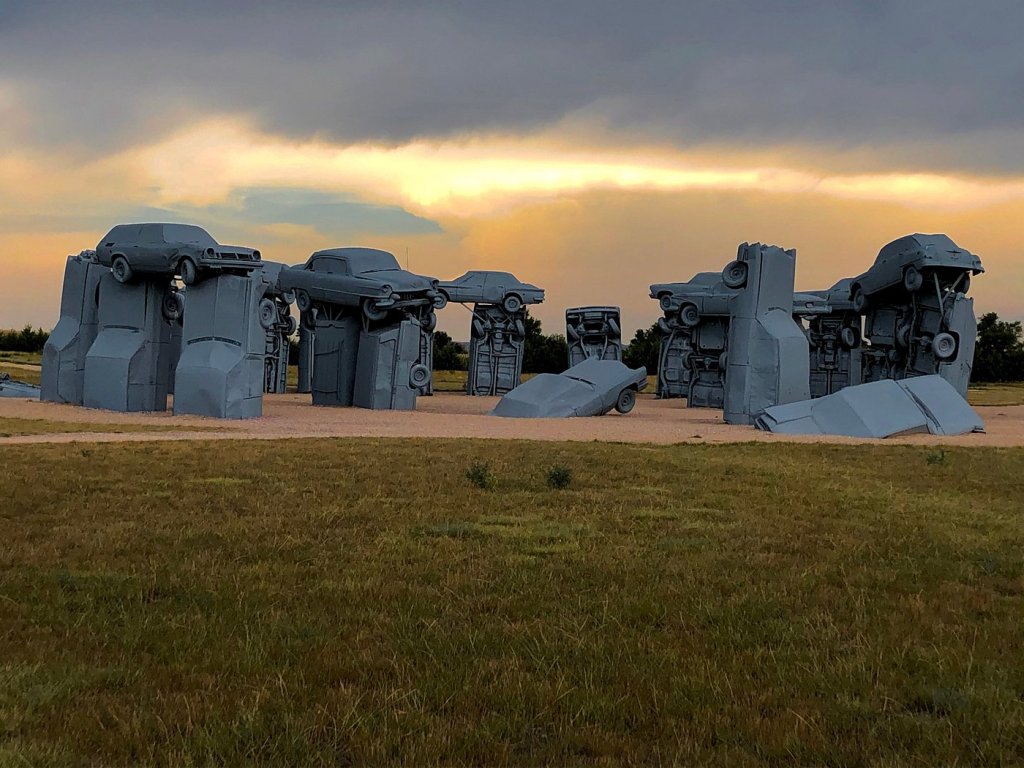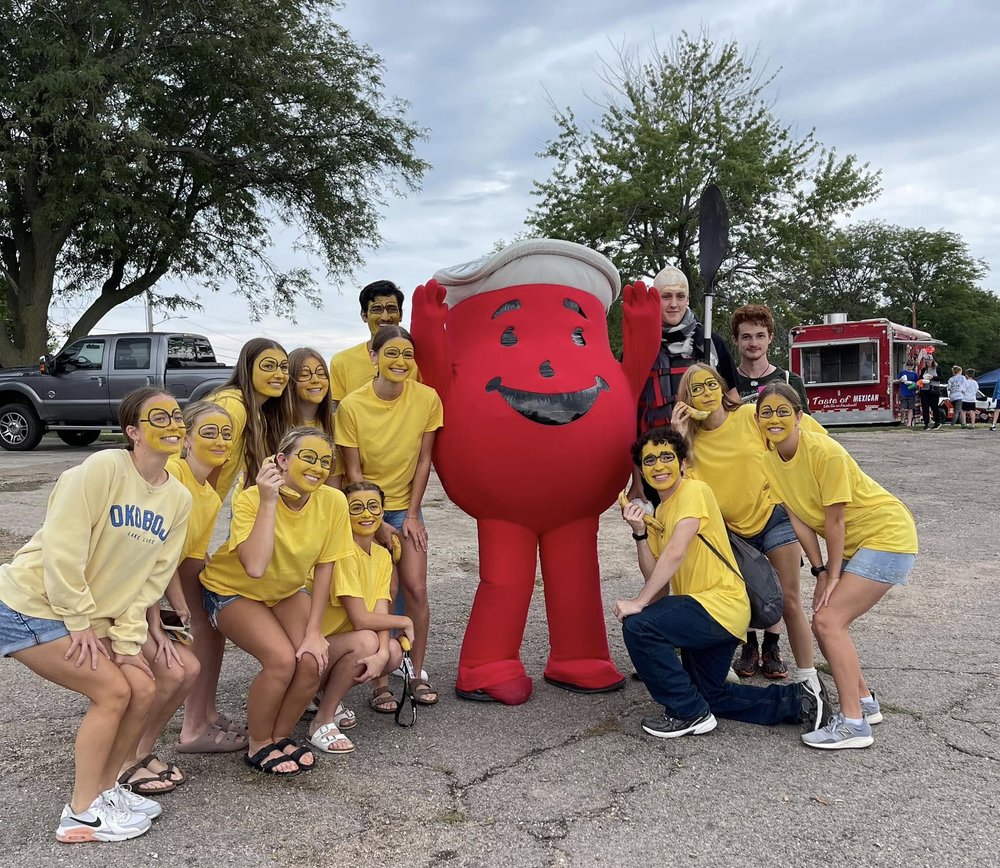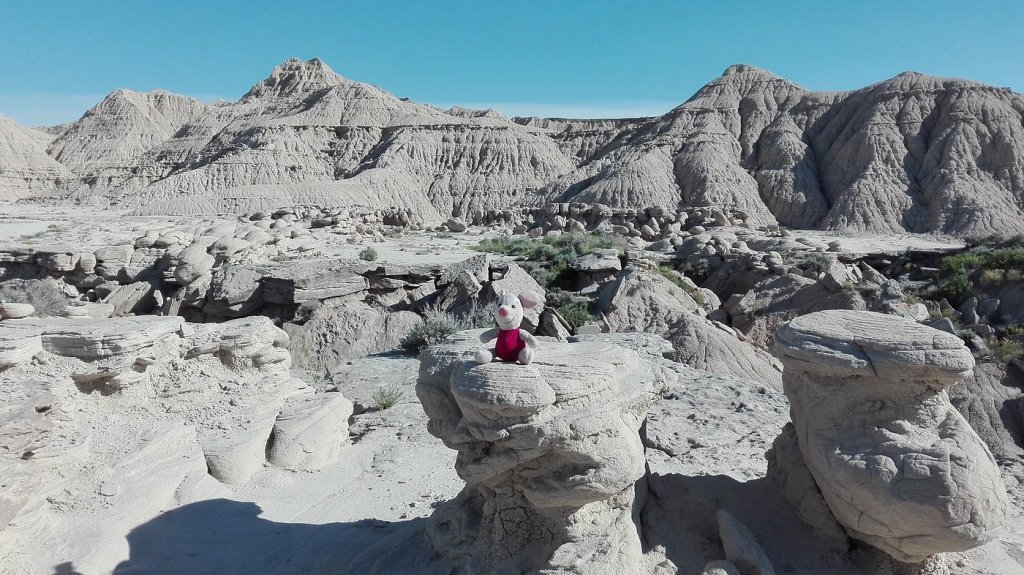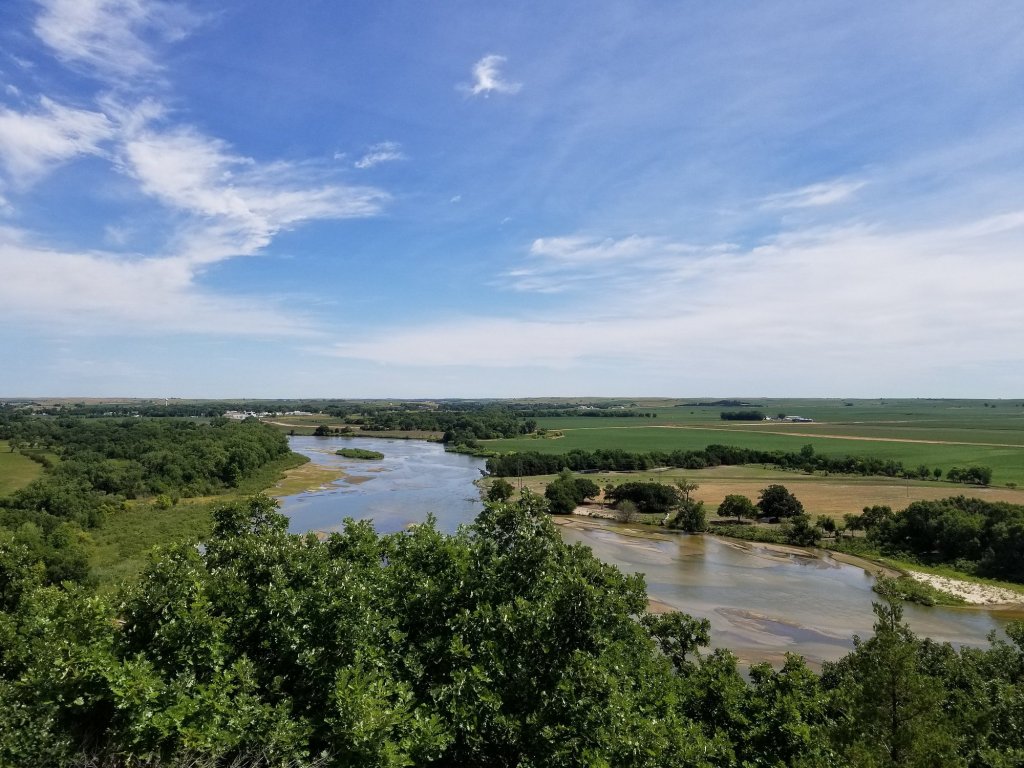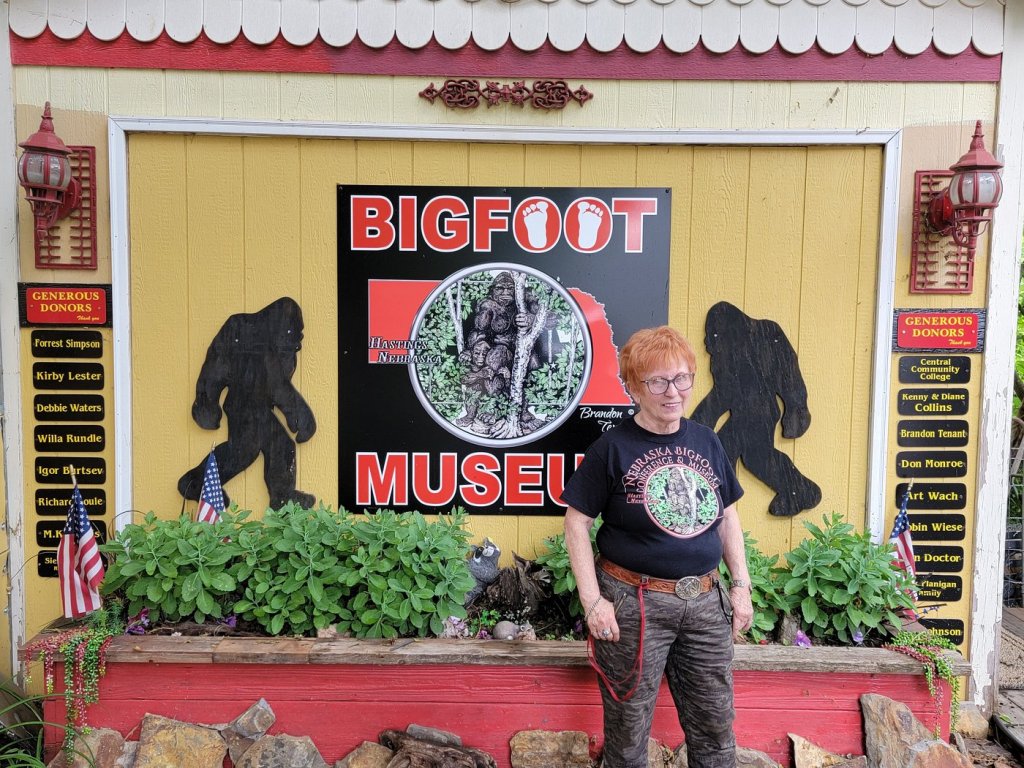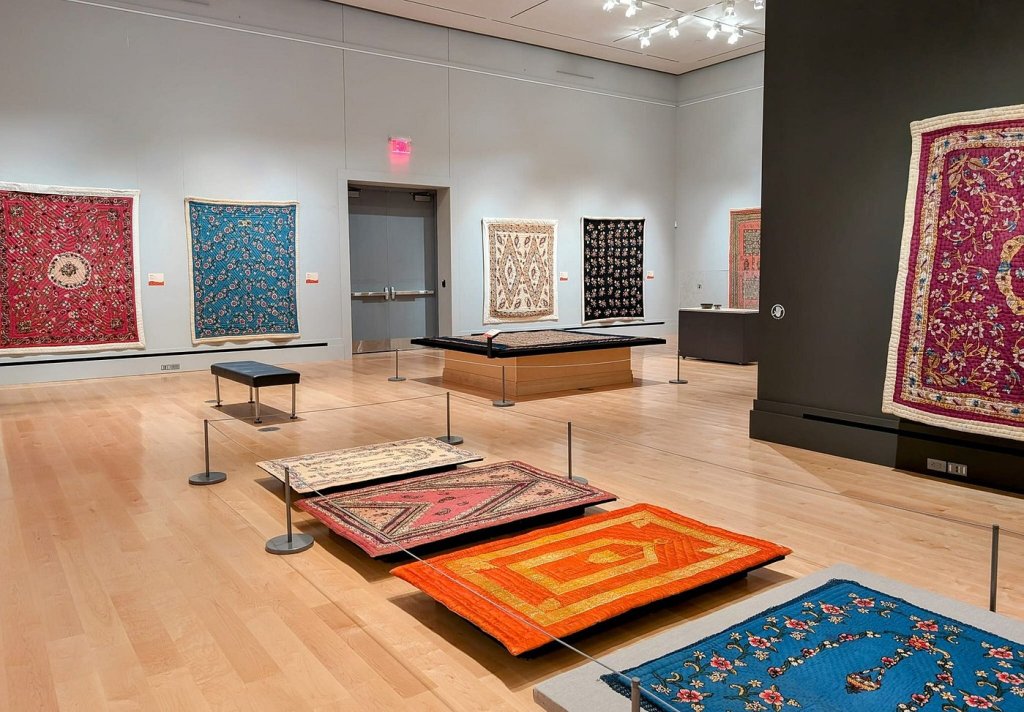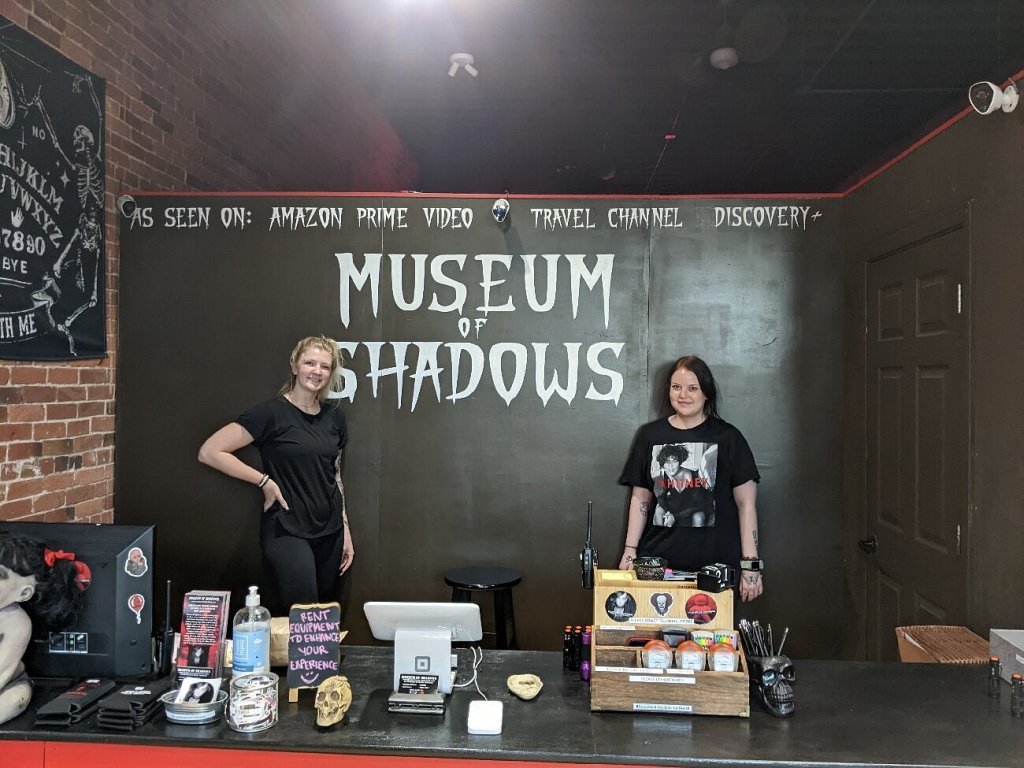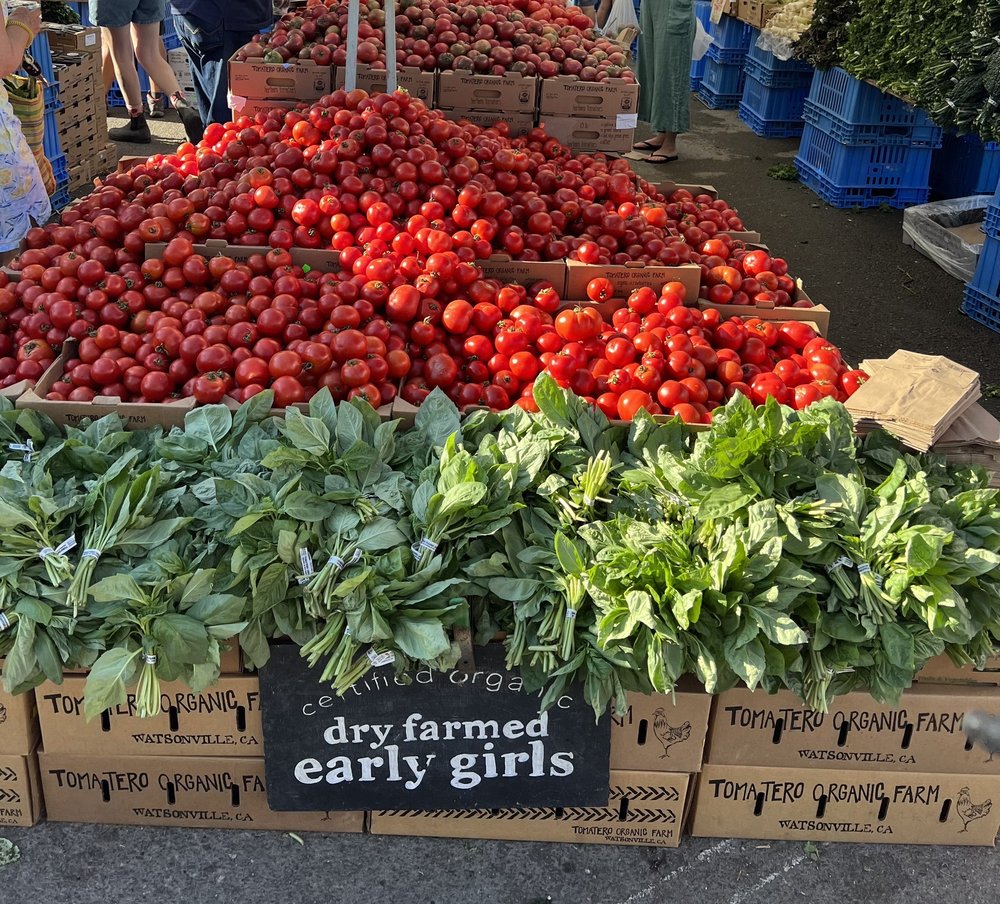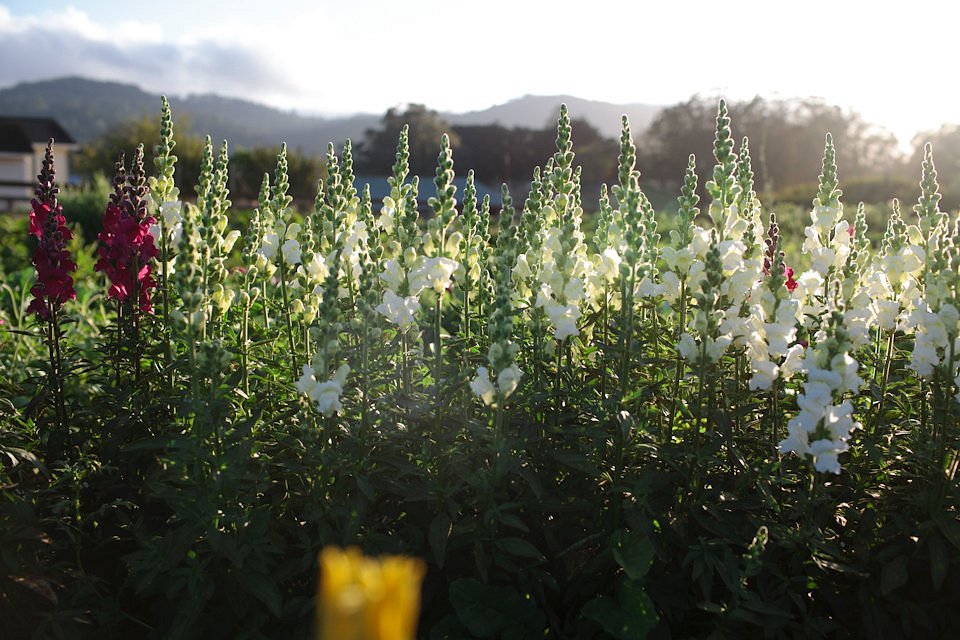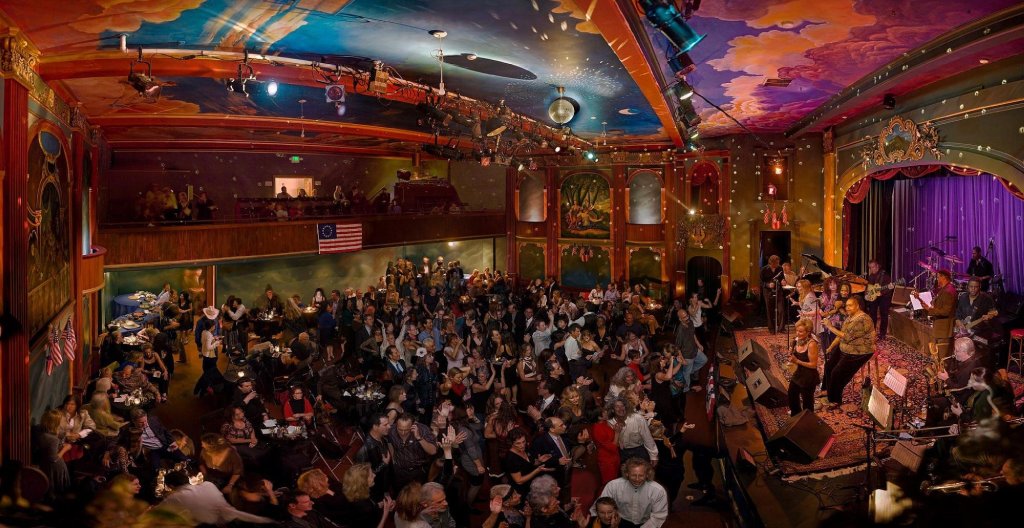The first time I went to New Orleans, I was on a wayward road trip with a friend.
We headed straight to Bourbon Street to get lost in the madness. A few minutes in, a woman offered me a cocktail… or, more appropriately, a neon-colored shot in a test-tube-like apparatus.
She asked if I wanted one; I paused long enough to give her an opening.
Without another word, she picked up the test tube filled with neon liquid, set the closed bottom in her mouth, then put the open end in my mouth and popped onto her tippy toes. I realized what was happening too late—and there went $10 down the drain for an overly sweet shot of whatever-the-hell she put in that tube.
She took my money and then shooed me onward. Though I couldn’t afford to be loose with my money at the time, I was young enough to be more intrigued than affronted by the experience.
So began a very drunken escapade on Bourbon Street—the first of many in the years to come.
In honor of that first taste of New Orleans spirit (literally and metaphorically), I’m counting down the most popular cocktails that originated in the city, along with where to drink them today.
5 cocktails from New Orleans and where to drink them today
The Sazerac

- Year invented: Around 1850
- Ingredients: Cognac or rye whiskey, absinthe, Peychaud’s Bitters, and sugar
- What’s it like? A very cognac or whiskey-forward that’s served straight up (sometimes chilled)
- Where to drink it: The Sazerac Bar & The Sazerac House
Southern Comfort

- Year invented: 1874
- Ingredients: Whiskey infused with natural fruit flavors
- What’s it like? Strong bourbon liqueur that includes a touch of vanilla, cherry, clove, cinnamon, lemon, and orange spices
- Where to drink it: Because it’s sold in stores, you can drink Southern Comfort at your leisure. I suggest trying a Southern Comfort Old Fashioned at Revel Café & Bar.
The Gin Fizz
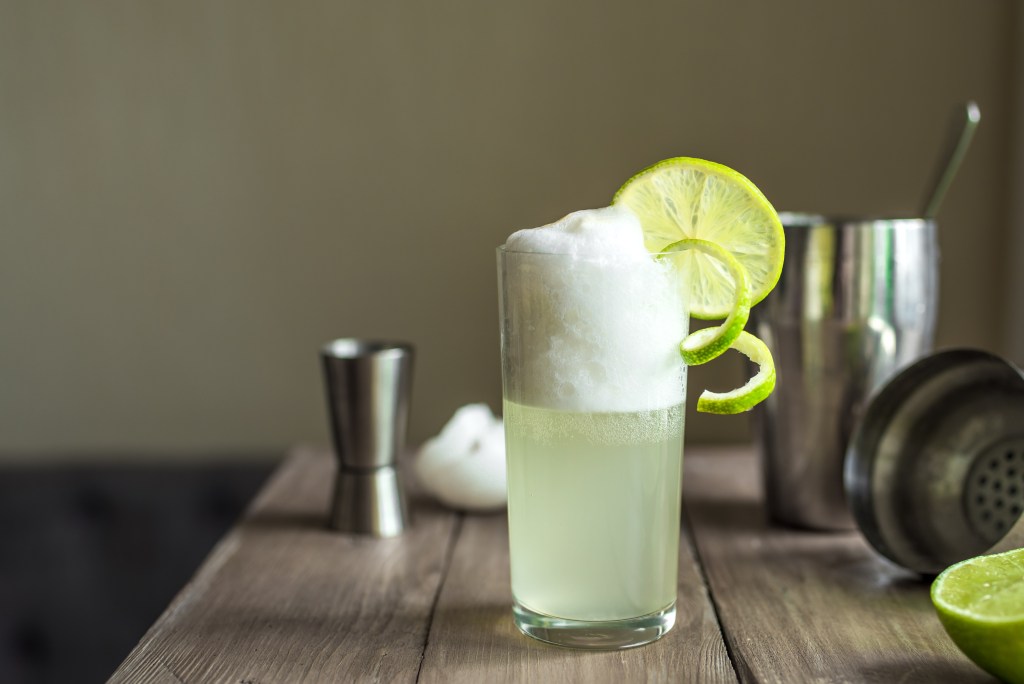
- Year invented: Late 1800s
- Ingredients: Gin, lemon or lime juice, and carbonated water
- What’s it like? A tart and refreshing cocktail that sometimes includes egg white or yolk, sparkling wine, and crème de menthe
- Where to drink it: The most famous NOLA gin fizz is the Ramos Gin Fizz, which you can sample at Henry’s Uptown Bar & Arnaud’s Restaurant
Hurricane
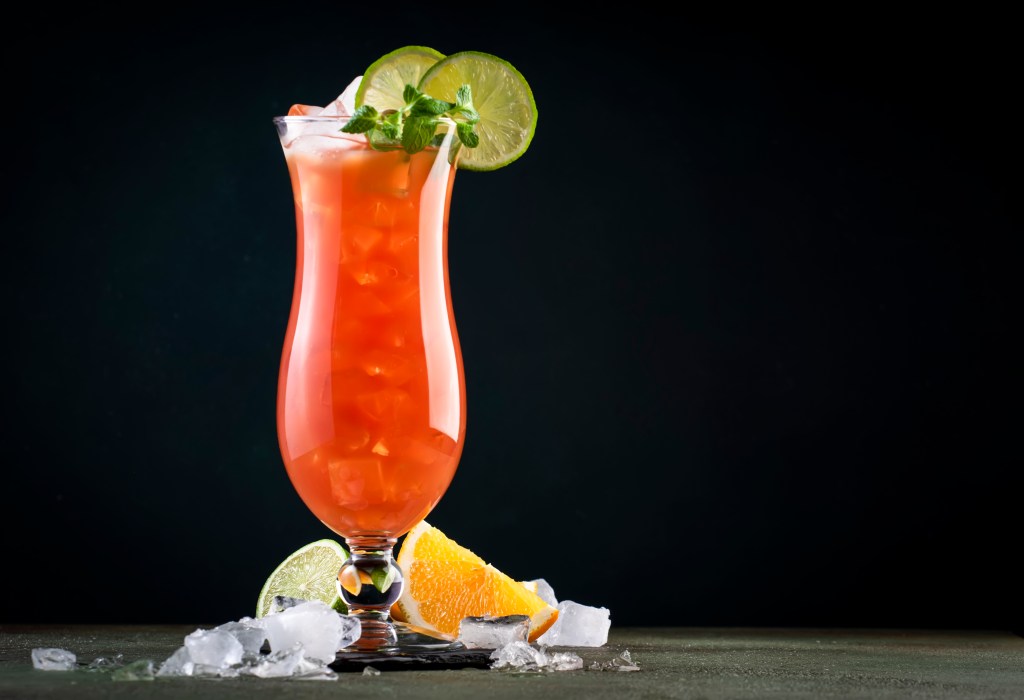
- Year invented: At least 1938, possibly older
- Ingredients: Rum, lemon juice, passion fruit syrup or fassionola (fruit syrup)
- What’s it like? A refreshing drink poured over ice with many variations. If you like hyper-sweet rum drinks, you’ll love a Hurricane.
- Where to drink it: Lafitte’s Blacksmith Shop Bar, The Voodoo Lounge, & Pat O’Brien’s
Hand Grenade

- Year invented: 1984
- Ingredients: Vodka, gin, rum, and melon liqueur
- What’s it like? A recognizable staple on Bourbon Street that is usually served in a green yard glass. It’s known for being super-sweet and extra-boozy.
- Where to drink it: Hand Grenades are sold exclusively at select bars in the French Quarter, including the Tropical Isle (home of the original Hand Grenade), Little Tropical Isle, Pat O’Briens, and The Spotted Cat.
